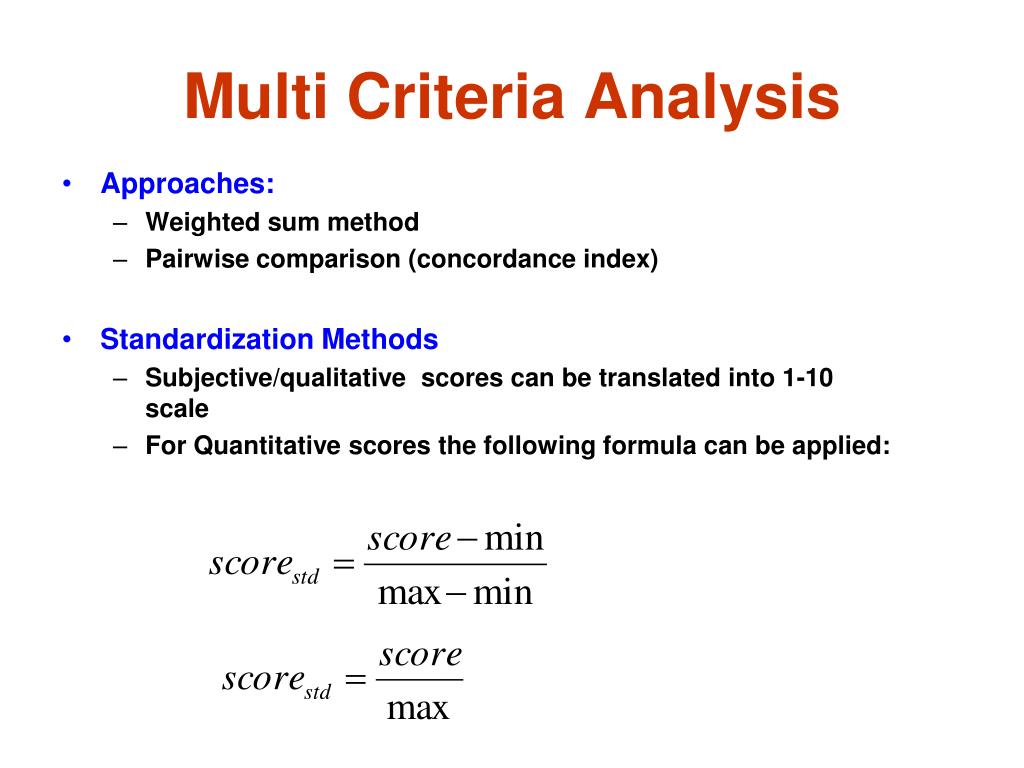
PPT Introduction to Multi Criteria Analysis MCA PowerPoint Presentation ID1450790
In such complex situations, multi-criteria analysis is often used as an ex-ante evaluation tool to rank a finite number of decision options based on a finite set of evaluation criteria 10,11,12.
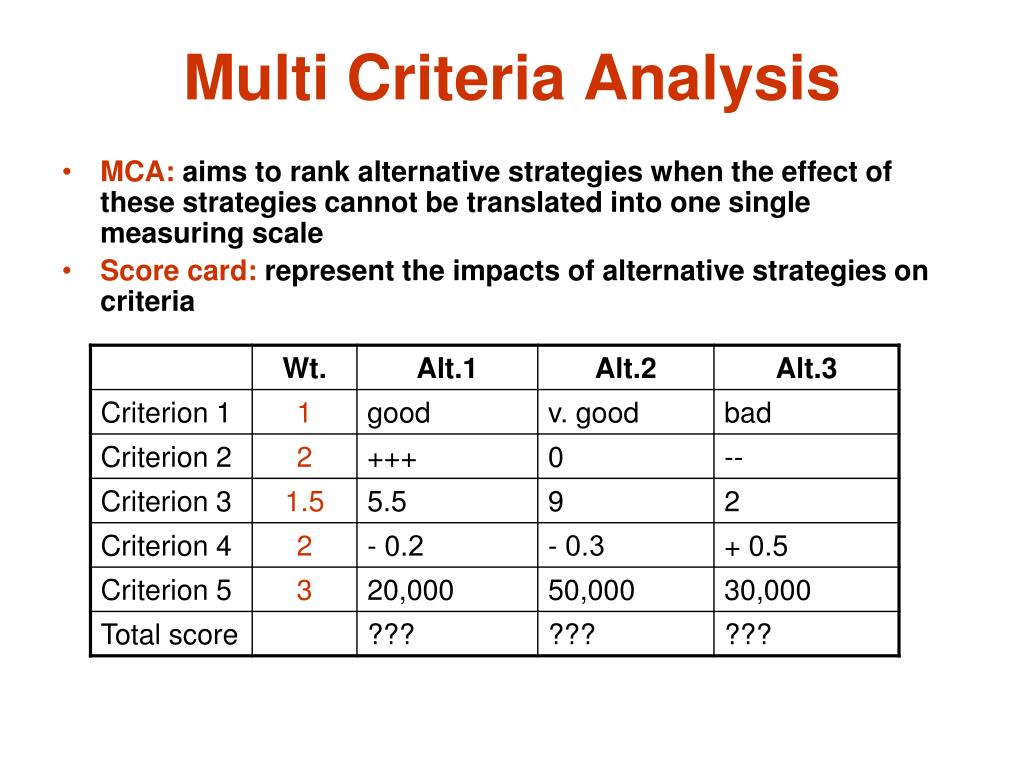
PPT Introduction to Multi Criteria Analysis MCA PowerPoint Presentation ID1450790
A Multi Criteria Decision Analysis (MCDA), or Multi-criteria analysis (MCA), is a decision-making analysis that evaluates multiple (conflicting) criteria as part of the decision-making process. This tool is used by practically everyone in their daily lives. Humans make thousands of decisions per day, but this same process also occurs in the.

MultiCriteria Analysis (Balance Scorecard) Template CFI Marketplace
Multi-criteria analysis (MCA), in the literature also known under the names of multiple-criteria decision-making (MCDM), multiple-criteria decision analysis (MCDA), multi-objective decision analysis (MODA), multiple-attribute decision-making (MADM) or multi-dimensional decision-making (MDDM), comprises various classes of methods, techniques and tools (with different degrees of complexity.
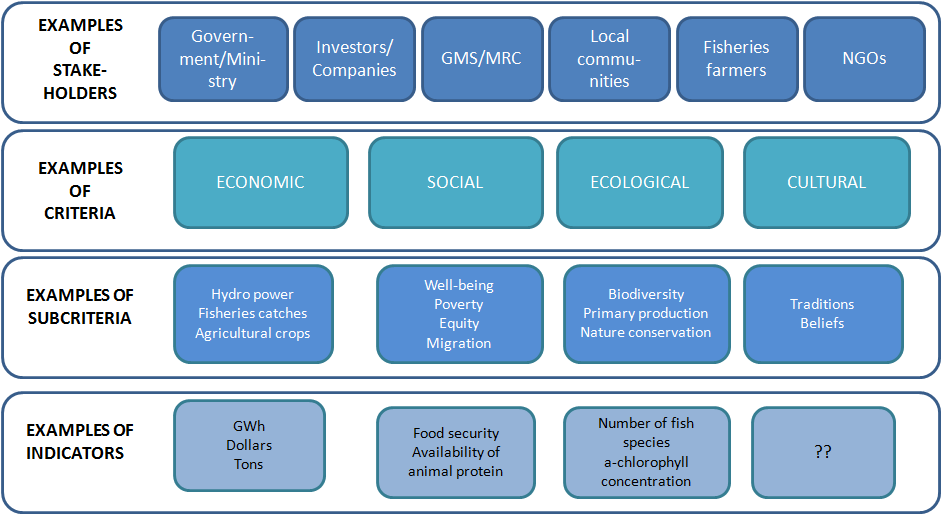
Description of MultiCriteria Decision Analysis (MCDA)
Multi-Criteria Decision Analysis (MCDA) is a systematic and structured approach used to evaluate and compare options based on multiple criteria or objectives. The purpose of MCDA is to provide a framework for decision-makers to assess various alternatives objectively and transparently, considering multiple criteria relevant to the decision context.

Suggested pathways for defining the multicriteria assessment framework... Download Scientific
Multi-criteria analysis. A multi-criteria analysis (MCA) is a form of appraisal that measures variables such as material costs, time savings and project sustainability as well as the social and environmental impacts in addition to monetary impacts. MCA includes variables that may be quantified but are not so easily valued.

Multicriteria analysis framework for determining prioritization factor Download Scientific
Multiple criteria decision analysis, or MCDA, is a structured process for evaluating options with conflicting criteria and choosing the best solution. MCDA is similar to a cost-benefit analysis but evaluates numerous criteria, rather than just cost. As a practice, MCDA has applications in a number of fields, including business, government and.
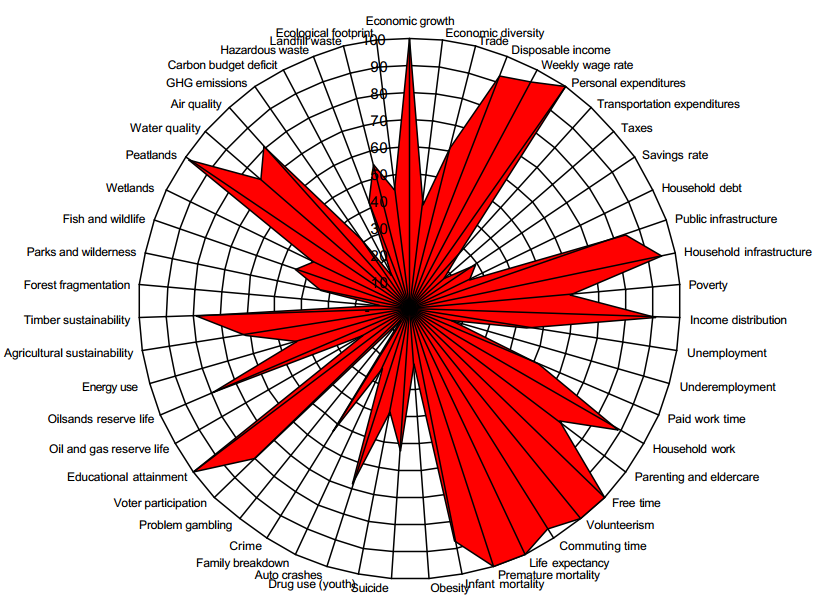
Multi Criteria Analyse Samyama Advies
Resources. Multi-criteria analysis: A manual. PDF. 1.94 MB. Aimed at providing guidance for Government Officials and other evaluation practitioners this manual provides an overview of techniques which do not necessarily rely on monetary valuations, namely the Multi Criteria Analysis (MCA). It complements guidance on techniques which primarily.
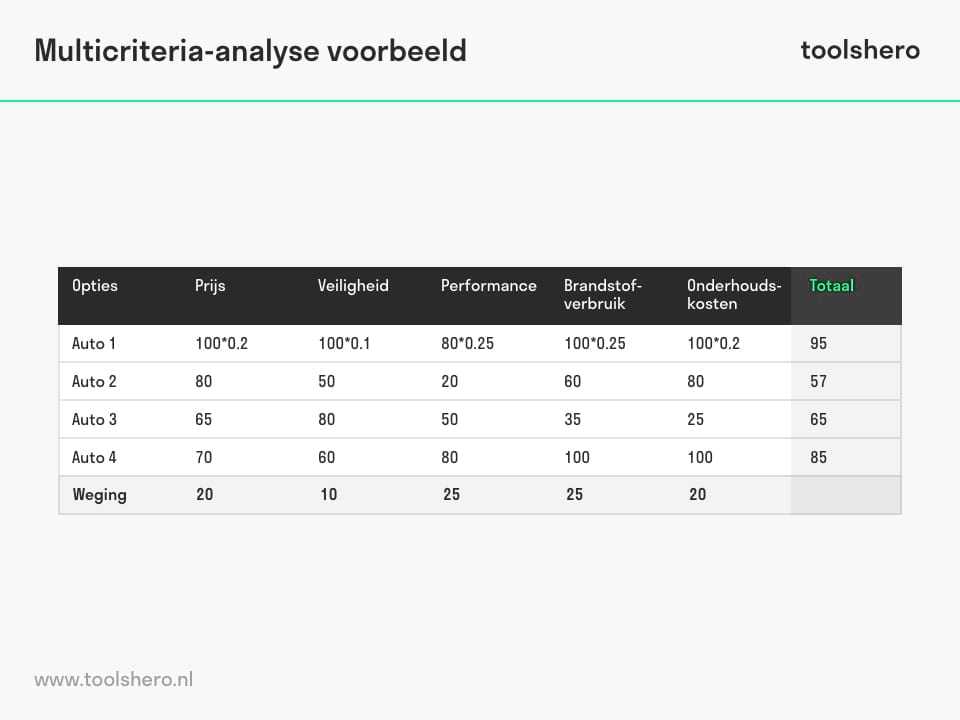
Multicriteria analyse (MCA) Toolshero
Multi-criteria analysis (MCA), in the literature also known under the names of multiple-criteria decision-making (MCDM), multiple-criteria decision analysis (MCDA), multi-objective decision.
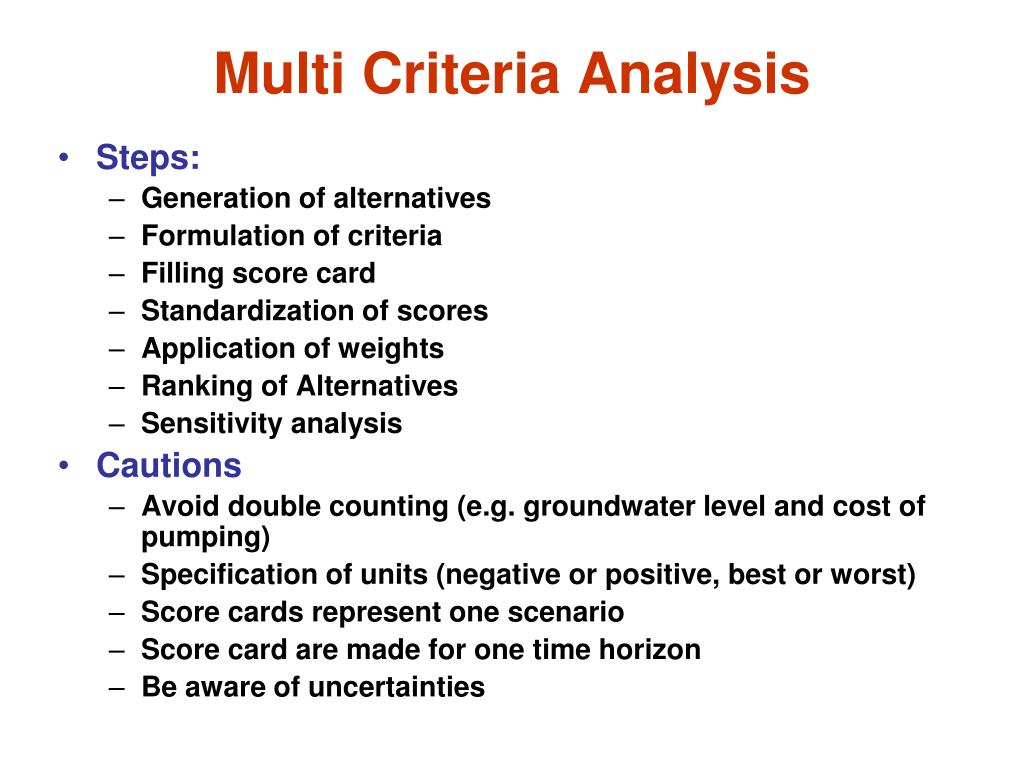
How To Multi Criteria Analysis Part 1 Prism Decision Systems Gambaran
Multi-Criteria Analysis (MCA) is a decision-making tool developed for complex problems. In a situation where multiple criteria are involved confusion can arise if a logical, well-structured decision-making process is not followed. Another difficulty in decision making is that reaching a general consensus in a multidisciplinary team can be very.

PPT Steps in a multicriteria analysis PowerPoint Presentation, free download ID5988566
Guidelines for applying Multi-Criteria Analysis to the assessment of Criteria and Indicators 3 1 - BACKGROUND 1.1 - TARGET AUDIENCE This manual is written for an audience that needs a clear, easy to follow manual for implementing Multi-Criteria Analysis (MCA) in the field. While a back-ground in mathematics is desirable, it is not a.

Multi Criteria Decision Making Example YouTube
Chapter 4 An overview of multi-criteria analysis techniques 19 4.1 Introduction 19 4.2 Criteria for selecting MCA techniques 20 4.3 Key features of MCA 20 4.4 Different types of MCA 23 4.5 Direct analysis of the performance matrix 24 4.6 Multi-attribute utility theory 24 4.7 Linear additive models 25
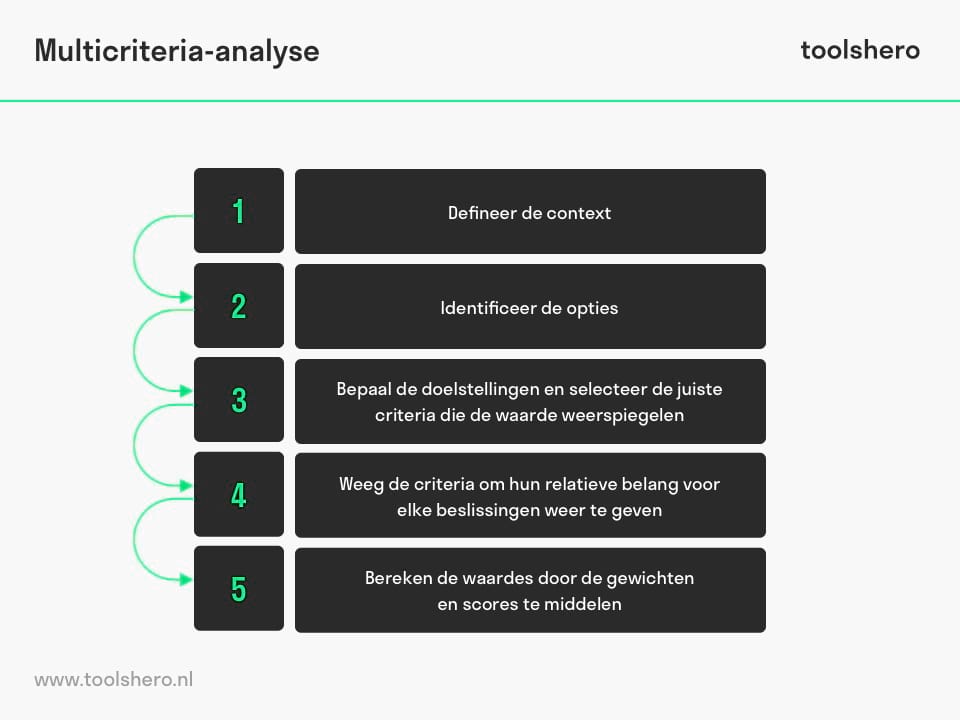
Multicriteria analyse (MCA) Toolshero
Multi-criteria decision analysis (MCDA) has been increasingly adopted to solve decision-making problems involving multiple options and multiple criteria. These methods have been proven to improve the analytic rigor, transparency, and auditability of the decision-making process by integrating the performance of options in different criteria and balancing subjective preferences from different.
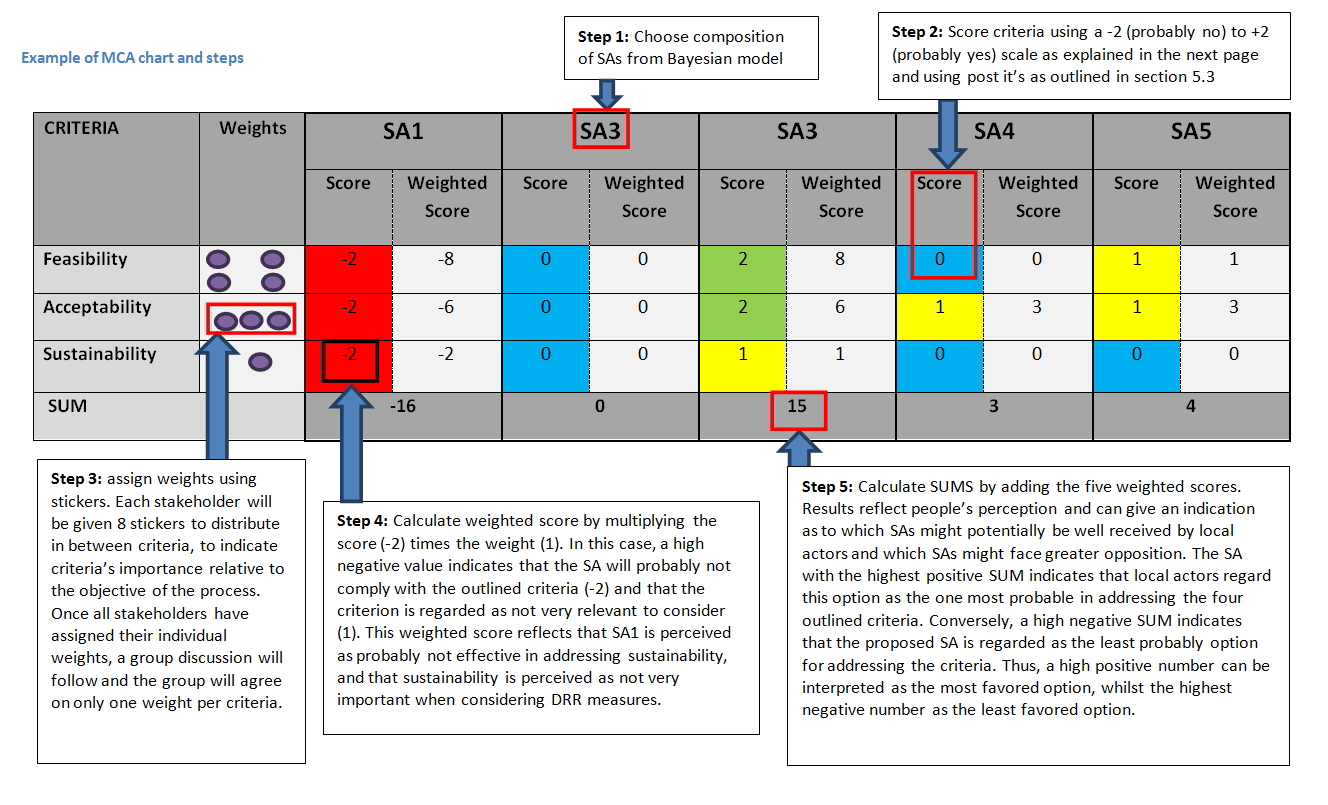
MultiCriteria Analysis (MCA) Coastal Management Webguide RISC KIT
Multi-criteria analysis (MCA) is a tool that can be used to compare reform and investment proposals. When applied consistently and transparently, it is a suitable approach for filtering options before applying more detailed quantitative analysis, or to compare

Qu'estce qu'une analyse multicritère ? L'analyse multicritère en bref FourWeekMBA
A Multi-Criteria Analysis (MCA) can be used to identify and compare different policy options by assessing their effects, performance, impacts, and trade-offs. MCA provides a systematic approach for supporting complex decisions according to pre-determined criteria and objectives. MCA is particularly suitable for complex decision problems that.

Making mischief with multicriteria analysis Greater Auckland
Multi-criteria analysis (MCA) is often suggested as the alternative for the dominant but much-criticised (social) cost benefit analysis (CBA), especially in complex multi-stakeholder projects. The paper argues that especially in this type of projects the applicability of conventional MCA techniques is limited because they require the project to.

Table 1 from USE OF MULTI CRITERIA DECISION ANALYSIS TO SUPPORT LIFE CYCLE SUSTAINABILITY
Selecting the appropriate method. A multi-criteria method must be selected and applied to the problem under consideration in order to rank alternatives. The data and the degree of uncertainty are key factors for the decision-maker when selecting among several multi-criteria methods. Step 5. Ranking the alternatives.